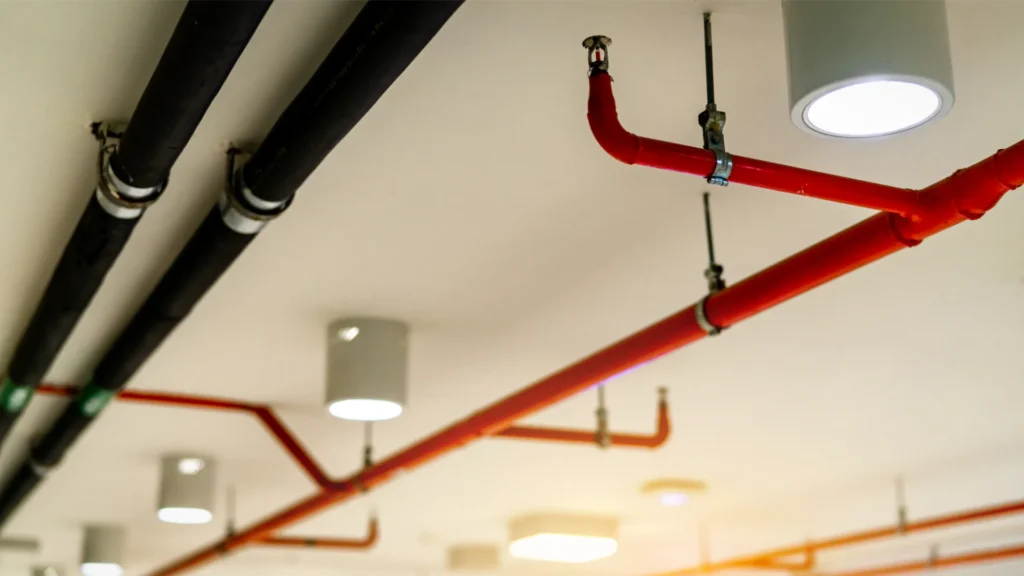Fire safety in Sydney is not just a matter of ticking off the boxes for compliance. The Annual Fire Safety Statement is the central element of the system. It not only satisfies the legal demands, but also proves the property owner’s commitment and dedication to security. When combined with the Fire Safety Certificate, it creates the basis of an established framework that helps keep the occupants safe, insurance companies reassured and councils confident in the security of the city’s buildings.
The Fire Safety Annual Statement is Required?
The requirement for an Annual Fire Safety Statement Sydney wasn’t designed as an exercise that could be done on paper. It was created to ensure that fire protection systems no matter how good they are designed, can only function only if they’re tested, maintained and inspected on a regularly. It may seem like a sprinkler that was installed 10 years ago is working fine, but it won’t work in an emergency in the event that the system isn’t tested.

The AFSS stipulates that property owners show, at a minimum, every year, their fire safety measures, ranging from alarms to hydrants, to exit lighting, still meet the original standards set by the Building Code of Australia. It is not just an inspection; it is a declaration to the public that lives are protected and that the building will be able to stand up to an emergency.
The Difference Between AFSS and Fire Safety Certificates
The Fire Safety Certificate and the Annual Statement are often misunderstood by the owners, however they have distinct functions. The certificate is issued after a major upgrade or a new system is set up. It’s a way of confirming that new measures comply with the regulations before the building can be utilized or rental. The AFSS is, on the contrary on the other hand, is later. It’s a recurring duty that ensures the systems are in compliance with the standards every year.
Together, they create the basis of a protection cycle. Certificates verify that the security systems were installed correctly and annual statements confirm that the safety systems have been maintained for the duration of the building. If either step is missed, the entire protection chain will be compromised.
The Responsibility Placed on Building Owners
In New South Wales, the AFSS process is unique in the sense that the owner of the property is the final say. The AFSS system differs from other systems of compliance that permit defects to be classified as major and minor. The entire declaration is invalid when even one of the measures fails.
This means owners must take the initiative. They must organize inspections, employ accredited practitioners, arrange repairs, and submit documents to council while adhering to strict deadlines. For commercial landlords and strata committees, this task includes coordinating between tenants contractors, insurers, and tenants. Although it’s a bit challenging, the system was designed to ensure the safety of tenants will never be affected.
The Impact of the Broader AFSS in Sydney
The AFSS is not only about legal compliance. It has broader implications. When deciding to rent space, tenants often ask about the current safety statement of the building. Insurance companies often require a copy prior to finalizing their coverage. A current Annual Fire Safety Declaration can influence the value of the property or tenant trusts, and even the rates of insurance.
For councils, it offers security that ensures that all buildings across Sydney are being regularly monitored. For fire departments this means that the systems are more likely to work during real emergencies, reducing risks to both occupants and firefighters. The AFSS is not only about protecting particular buildings, it also creates a safer city.
Conclusion: AFSS As a Standard of Trust
It might seem like a burden for bureaucrats, but the Annual Fire Safety Statement Sydney is actually an assurance standard. It proves that the fire safety measures are not put at risk. It also proves that the apparatus is trustworthy and that the building owners are taking the responsibility for their residents wellbeing. When it’s paired with a Fire Safety Certificate, it completes a system that verifies both the installation and the ongoing performance of critical safety measures.
For property owners, the lesson is clear: the AFSS is more than an annual deadline. It’s a pledge to security, accountability, and community trust. In the ever-growing urban area of Sydney which has thousands of residents relying on secure and efficient buildings, that commitment is what makes the AFSS valuable.